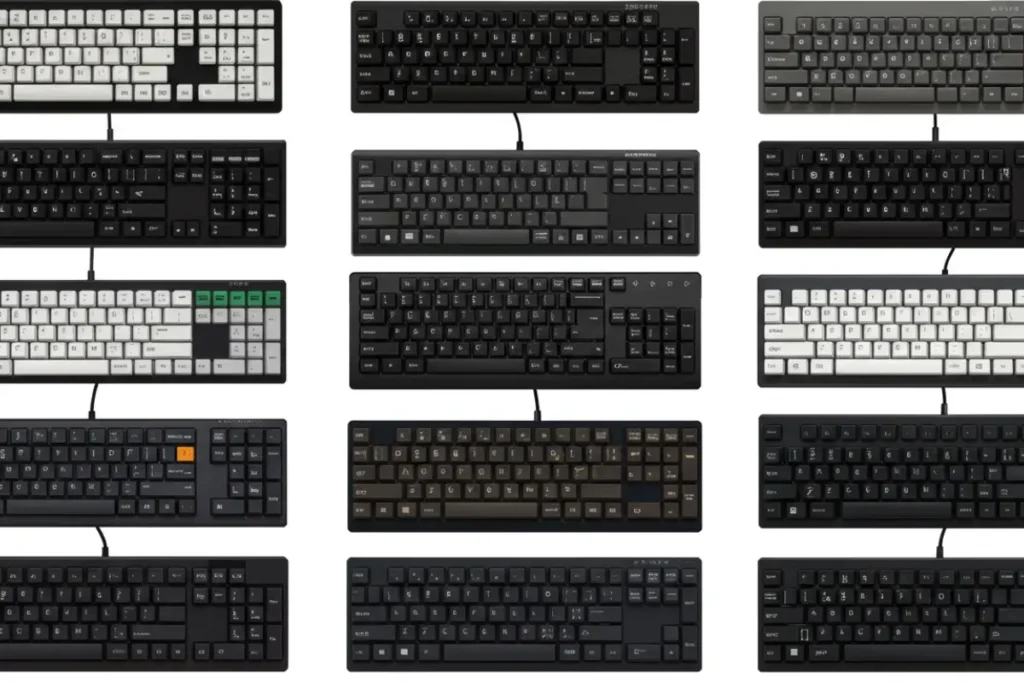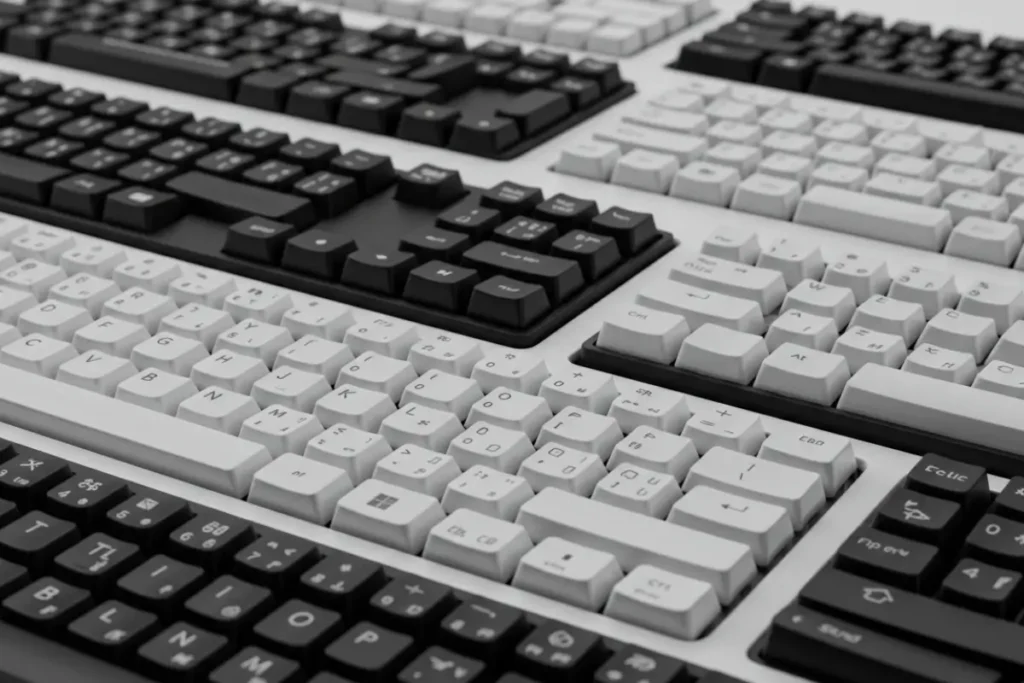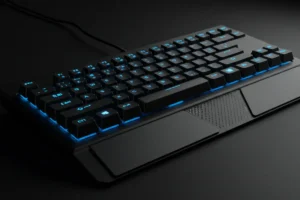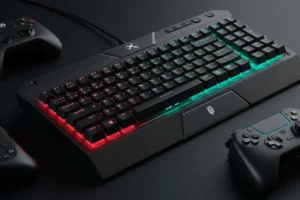Hey there, keyboard enthusiasts! 🌟 Ever wondered why some keyboards look completely different depending on where you are in the world? I mean, it’s wild how the keys we use to type every day can vary so much based on geography.
Keyboard layouts around the world aren’t just about aesthetics – they tell a whole story about culture, language, and even historical quirks.
Let’s dive deep and explore the fascinating world of keyboard layouts, from the familiar QWERTY to the lesser-known layouts that some folks swear by.

H1: How Keyboard Layouts Vary Around the World
Before we get into the nitty-gritty of how keyboard layouts differ, let’s get one thing straight – not every country types the same way.
Yep, that’s right. While most of us are used to the QWERTY layout, other countries have their own unique setups that are tailored to their language and typing habits.
For instance, in France, the AZERTY layout reigns supreme, while Germans are all about the QWERTZ layout. And that’s just scratching the surface.
H2: The Most Popular Keyboard Layouts Across Different Countries
You might think that keyboards are pretty universal, but that’s far from the truth. Different regions have developed distinct keyboard layouts over time, each designed to accommodate specific languages and typing needs. Here are some of the most popular ones:
- QWERTY (USA, Canada, UK): The standard for most English-speaking countries, this layout was originally designed for typewriters in the late 19th century. Fun fact – it was created to prevent typewriter jams by spacing out commonly used letters.
- AZERTY (France, Belgium): The French-speaking world’s answer to QWERTY, but with some noticeable differences, especially in punctuation placement.
- QWERTZ (Germany, Austria, Switzerland): Similar to QWERTY but with a swapped Z and Y, this layout also features additional keys for special German characters like ß.
- Dvorak (USA): A layout designed to increase typing efficiency, placing the most commonly used letters under the home row.
- Colemak (USA): A more modern alternative to QWERTY, designed for both speed and comfort.

H2: Why Do Keyboard Layouts Differ Around the World?
So, why not just stick with one universal layout? Well, it all comes down to language, culture, and history. Different countries have different linguistic needs – think of languages with accents, special characters, or even entirely different alphabets.
A layout that works perfectly for English might be a nightmare for someone typing in French or German.
Another reason is tradition. Once a layout becomes popular in a region, people get used to it, and it becomes the default – even if it’s not the most efficient.
Think about the QWERTY layout. Despite its inefficiencies, we still use it because, well, that’s what everyone’s familiar with.
H3: The Impact of Keyboard Layouts on Typing Speed and Accuracy
Have you ever tried switching from QWERTY to AZERTY or Dvorak? It can feel like learning to walk again. That’s because our brains and muscles become so accustomed to a particular layout that changing it can drastically impact typing speed and accuracy.
In fact, studies have shown that Dvorak and Colemak layouts can increase typing speed and reduce finger strain, but only after a significant period of retraining. That’s a big commitment, and not everyone is up for it.
H2: The Rise of Virtual Keyboards and Custom Layouts
With the rise of virtual keyboards and touchscreen devices, the concept of physical layouts is becoming more fluid. Users can now customize their own layouts or switch between multiple ones with just a tap.
This has made it easier for people to type in multiple languages or use specialized characters without buying a new physical keyboard.

H2: Keyboard Layouts in Gaming and Programming
Gamers and programmers are a unique breed when it comes to keyboards. While most of us are just trying to type a sentence, they’re busy inputting complex commands and macros.
This has led to the development of specialized layouts, like the WASD setup for gaming and programmable layouts that allow coders to map shortcuts to specific keys.
If you’re interested in learning more about how keyboards are used for gaming, check out my article on Gaming Keyboards vs. Productivity Keyboards: What’s the Difference?
FAQs: Everything You Need to Know About Keyboard Layouts
➔ Why do some keyboards have extra keys? Click to find out why some keyboards include extra function keys, media controls, and even customizable macro keys. Learn More Here
➔ Are mechanical keyboards always better for typing? It depends! Some people love the tactile feel, while others find them too loud. Read More
➔ Can I switch to a different layout without buying a new keyboard? Yes! You can remap your keys using software like AutoHotkey or KeyTweak. But be prepared for a learning curve.
See More
- What Makes a Keyboard “Good” for Gaming? 5 Key Factors
- Wireless Gaming Keyboard for Xbox, PS5 & PC: One Setup for All
- Is Razer Overpriced? A Brutally Honest Review
Conclusion: So, What’s Your Favorite Layout?
At the end of the day, keyboard layouts are all about personal preference and the type of work you do. Whether you’re a coder who needs easy access to special characters or a writer looking to minimize finger strain, there’s a layout out there for you.
Personally, I’m still a QWERTY fan—it’s what I grew up with, and old habits die hard. But who knows? Maybe one day I’ll make the switch to Colemak and type like a pro.
If you found this article interesting, don’t forget to share it with a fellow keyboard enthusiast or drop a comment below about which layout you’re using right now. And hey, check out The Biggest Keyboard Myths Debunked for more keyboard goodness! 😊
🎮 Join Our Discord Community!
Are you passionate about keyboards, gaming, and tech? Come hang out with fellow enthusiasts, ask questions, share your setup, and stay updated with our latest content!
👉 Join Now

